QuestionHi.
Could you tell me anything you know about ragdoll cats?
Thanks so much.
~Arty
AnswerHi, Arty. Actually, I'm on a waiting list with a local breeder for a Ragdoll, and I've done lots of research and visited with many breeders over the last year, so I can tell you a thing or two. If you have done any other research, a lot of this information may be redundant.
The Ragdoll originated from a cat named Josephine, a feral (untame) cat who was hit by a car in California in the 60's. The owner of the property where the feral cat colony was staying decided to nurse the cat back to health, and found that the cat was easy to tame. She had an exceptionally laid back personality. The litters she produced shared the same personality and were very large, beautiful, soft-haired cats, some of which had blue eyes and color-pointed coats. Ann Baker, the owner, decided then to begin a new breed of cats.
The Birman was introduced into the line to maintain color-pointed coat and keep the blue eyes. Persians were also introduced to cultivate the docile personality and broad frame of the cats. Some Burmese and domestic cats were used to broaden the gene pool and encourage certain traits, as well.
Today's Ragdoll is the largest of cat breeds. Ideally, males weigh in at over 20 pounds - some up to 30 pounds, with females a few pounds smaller. They have very silky, long fur that sheds minimally and does not matt if brushed once a week. Most breeders stay with the traditional color patters - Colorpoint, Mitted, and Bicolor. Those typically come in four colors - seal, chocolate, blue, and lilac. There are many, many new colors being introduced, but they are not as in demand as the traditional ones and can be hard to find. Preferably, the tail is exceptionally long. Eyes are always blue.
The colorpoint Ragdoll has a pale body with colored mask, ears, legs, and tail. The mitted has a colored mask, ears, legs, and tail, with white toes or feet. Mitteds may also have a white blaze (a vertical streak) on their nose. Bicolors have colored masks, ears, legs, and tail, but the lower half of their legs are white, and the nose and chin are white in the shape of an inverted V.
While every cat has his own personality, Ragdolls are, in general, very sweet cats who get along with people, other cats, dogs, and children. Their name is derived from the fact that many of them simply flop in your arms when held. Due to their reluctance to defend themselves, Ragdolls should never be allowed outdoors unattended. In fact, a lot of breeders will only sell to owners who sign a contract stating that they will not allow the cat outdoors. Also, younger children and dogs should be carefully monitored around them to be sure they aren't mistreated.
If you are considering becoming a Ragdoll owner, here is some information you may find helpful. Here in the northeast of the United States, I have found the cost of a pet quality Ragdoll to run about $600-$700. Breeder and show quality cats will run closer to $1000. I discourage buying from a pet store. Not only are the cats more likely to have health problems due to poor breeding, but the price will be marked up several hundred dollars to compensate for expenses from the broker and pet store.
I definitely suggest to visit several breeders before making your decision. You will find the appearance of the cats may vary, depending on the breeder. Some of the cats have shorter a nose, more similar to the Persian. The texture of the coats may vary a bit, too. And you'll want to choose a cat with a specific personality.
I'd also encourage you to attend cat shows, if you get the chance. You'll be able to observe their personalities, meet lots of breeders, and decide which colors you find most beautiful. Also, those who show cats are more likely than those who just breed them to be serious about breeding only healthy cats with great personalities. Be a bit leary about those who don't show them. Many of them are in breeding for the money only, and may sell cats of inferior health or temperament. For a list of CFA shows (the Cat Fanciers' Association, the largest of all cat registries), check this link: http://www.cfainc.org/exhibitors/show-schedule.html
The breeder you choose should also offer a health guarantee and should provide proof that their cats are negative for feline leukemia and feline AIDS, as well as providing a vaccination history for the kittens. They should also provide a vet reference, if you ask.
If there's anything I've forgotten, feel free to ask a follow up question.
Best wishes!
Jessica

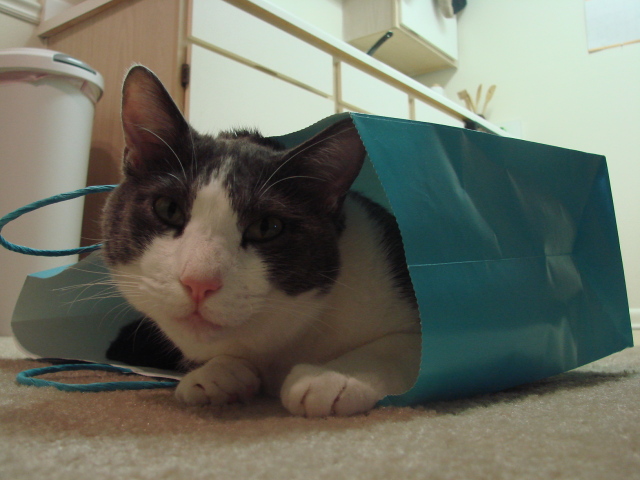 Cat behavior question...
QuestionZero the goofball
QUESTION: Hi Kate,
I
Cat behavior question...
QuestionZero the goofball
QUESTION: Hi Kate,
I
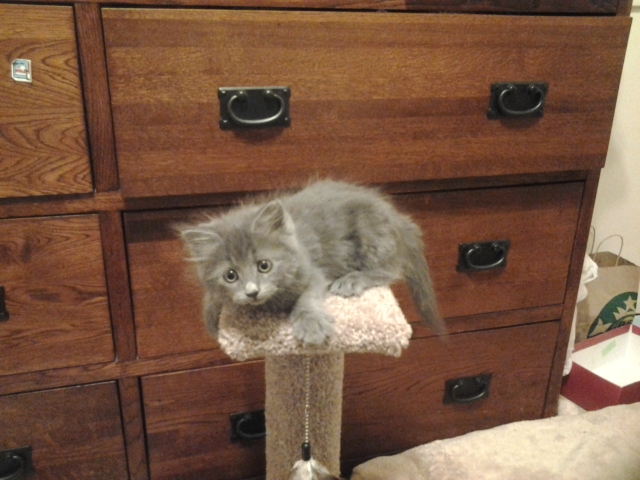 why does my kitten keep peeing on the bed
Question
My kitten
my 7-8 week old kitten has b
why does my kitten keep peeing on the bed
Question
My kitten
my 7-8 week old kitten has b
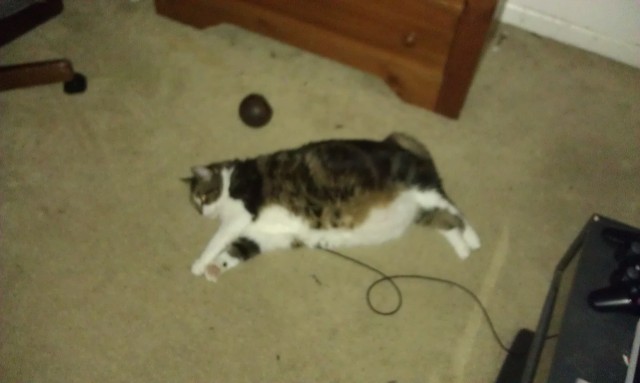 what type of cat is mine?
Question
zella
Ok this cat is very big one of bi
what type of cat is mine?
Question
zella
Ok this cat is very big one of bi
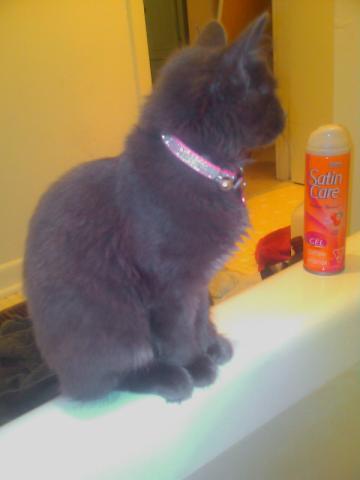 urgent cat problem
Question
kitty aka chanel
my cat is about 7 mont
urgent cat problem
Question
kitty aka chanel
my cat is about 7 mont
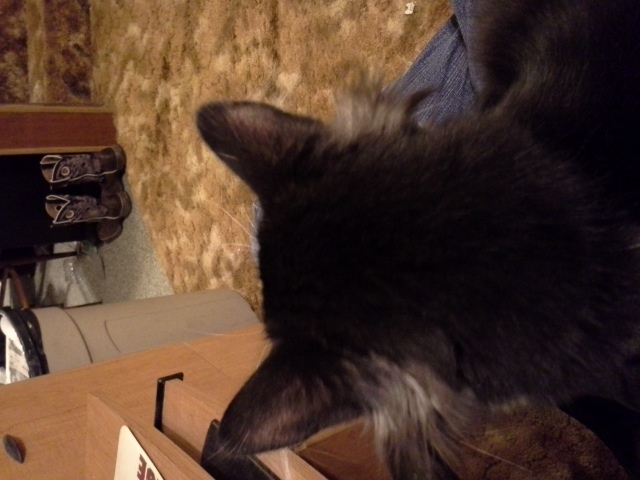 Can you give me an idea for possible cat breed?
Question
Tufts Maverick
My cat Maverick ha
Can you give me an idea for possible cat breed?
Question
Tufts Maverick
My cat Maverick ha